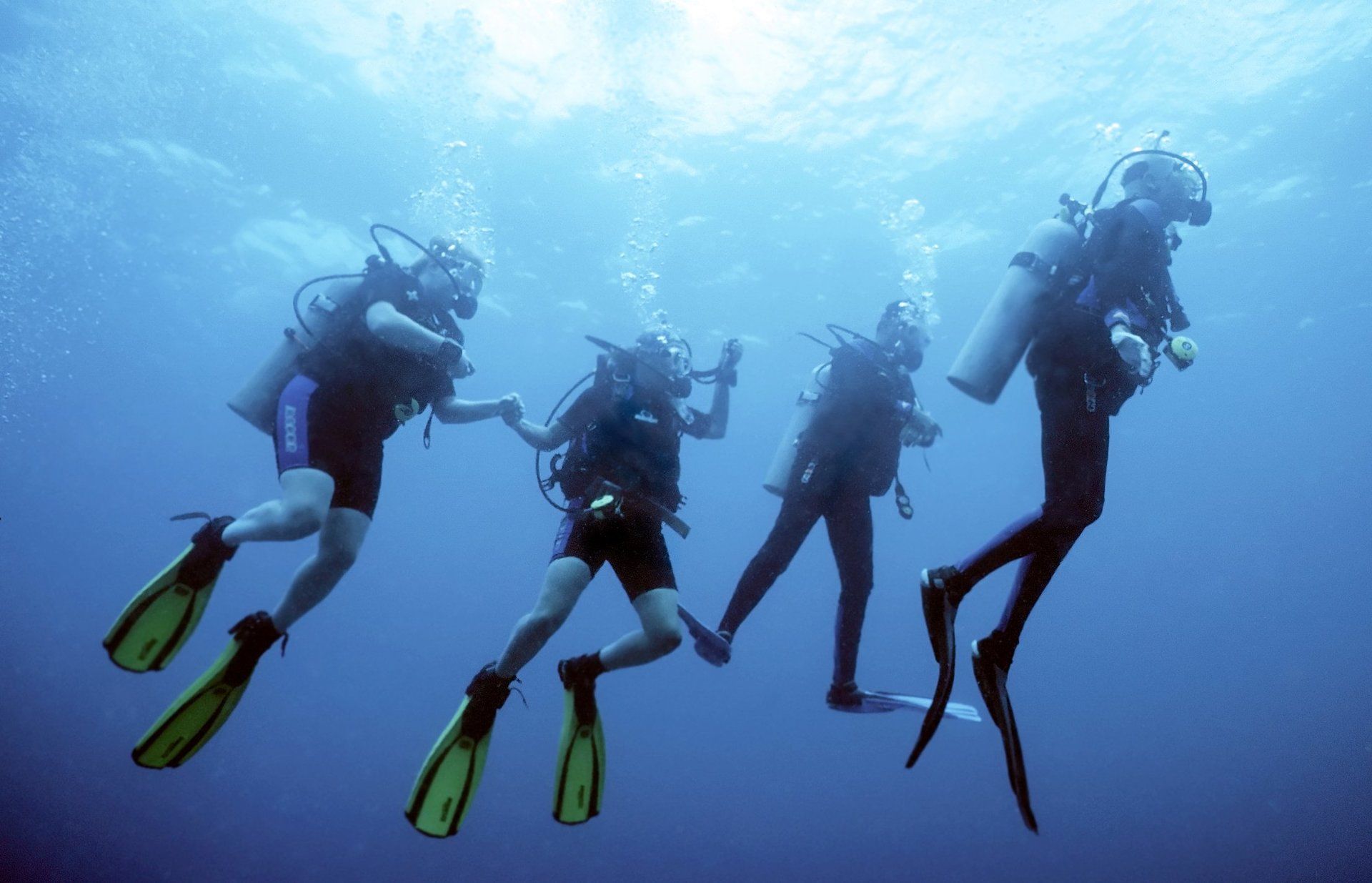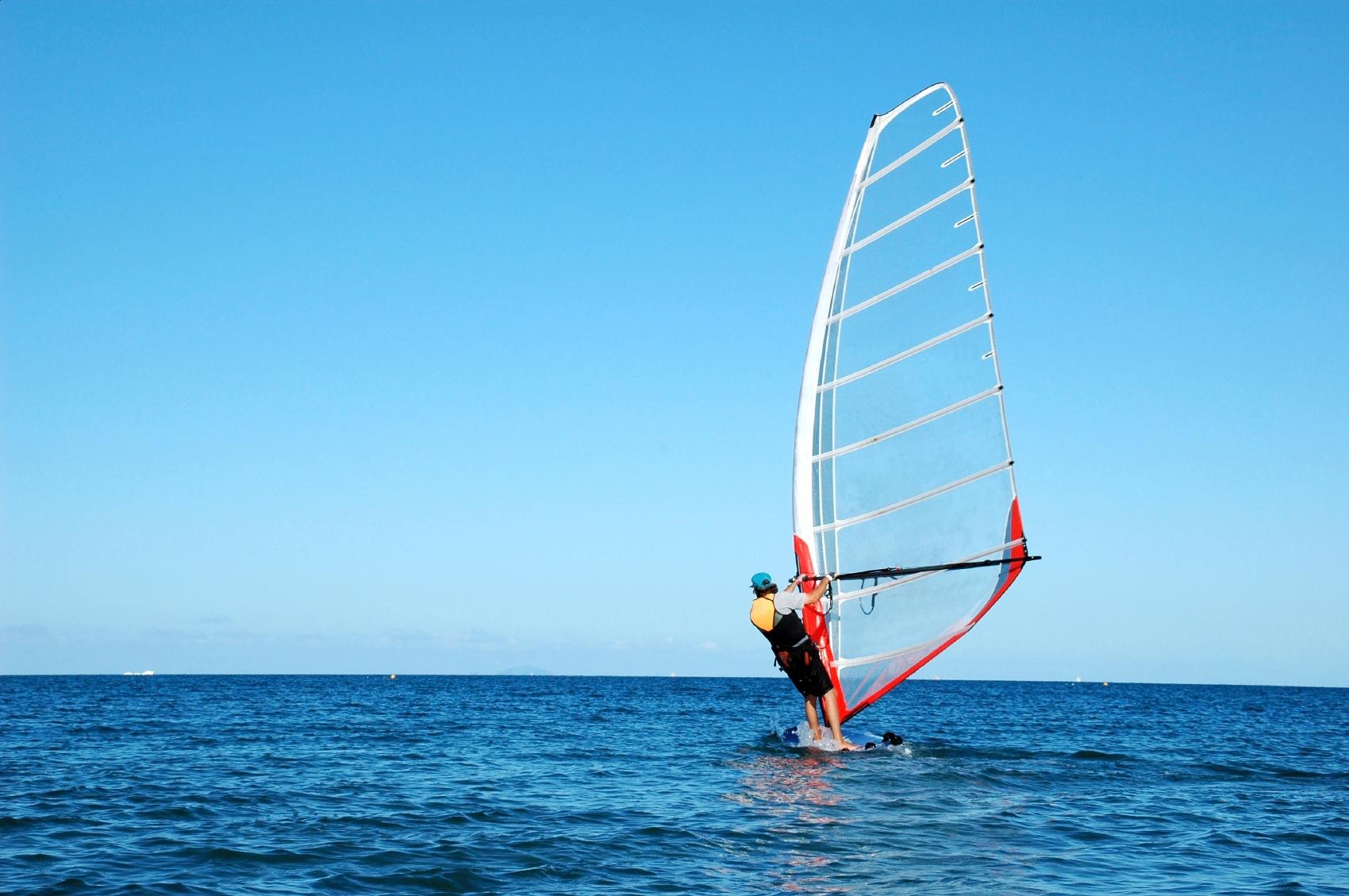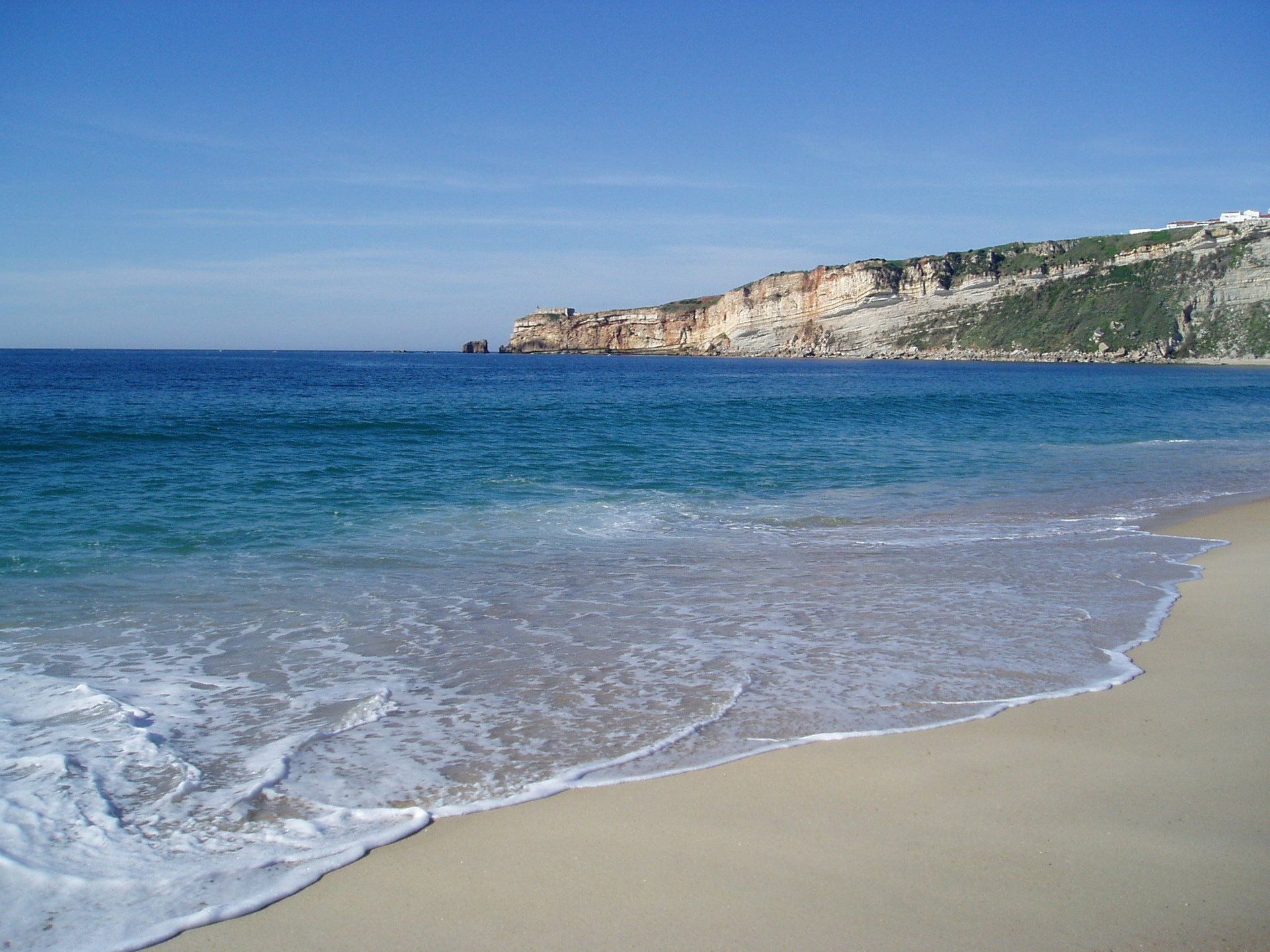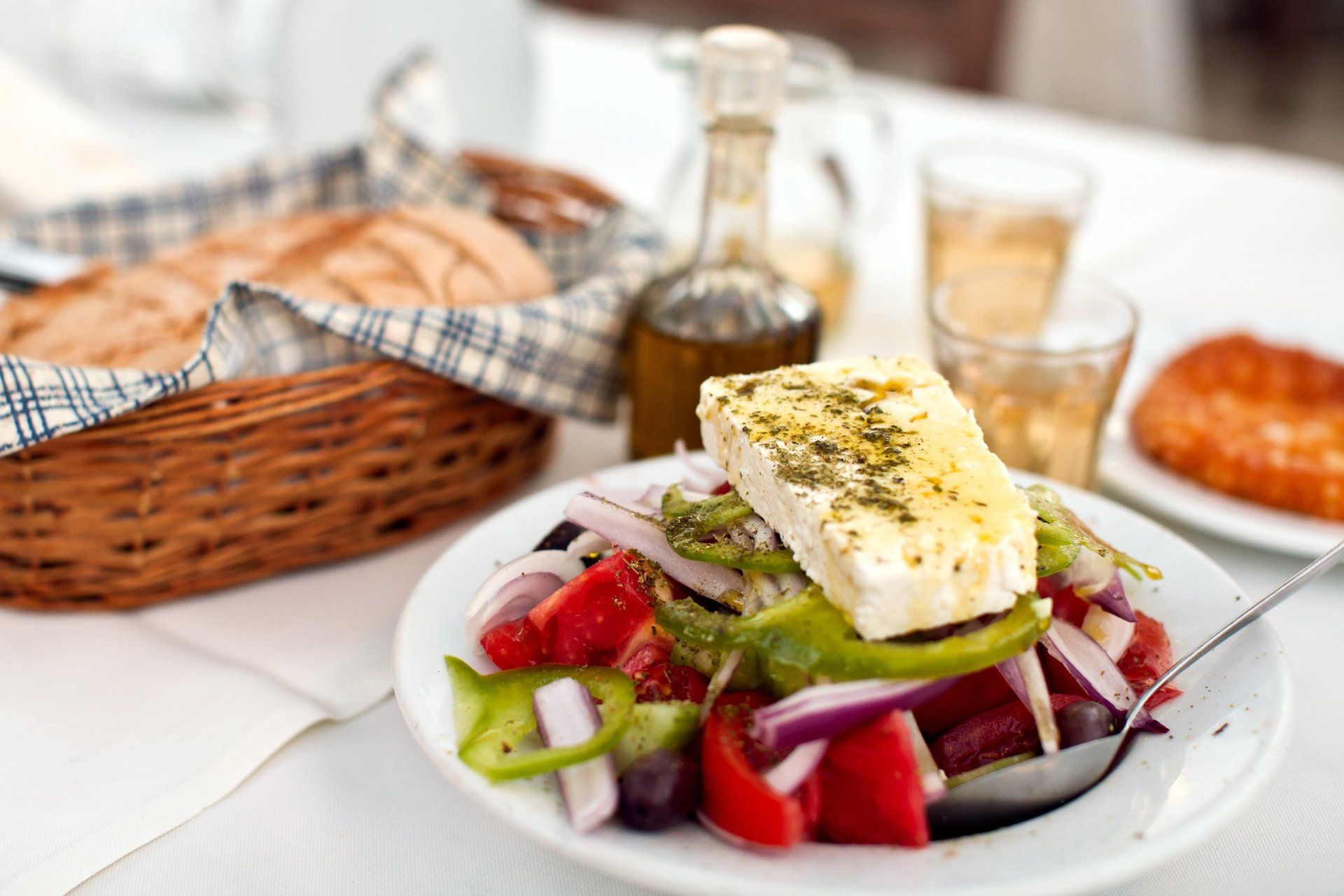The small port in the Bay of Navarino is to be transformed into a first-class maritime destination, making the region a hotspot in the Mediterranean, not just for golfers.
"Pylos is intended to become a model for how marinas can combine modern infrastructure with ecological sustainability, meeting the needs of tourists and locals alike."
GOLFERPARADIES
For all golf enthusiasts, the region holds a completely different significance. The area around the ancient castle of Pylos is the new golf destination of the future. The first two premium "Signature" golf courses (designed by Bernhard Langer and R. Trent Jones Jr.) already exist, and two more golf courses are scheduled to open in early 2022. The region's continued development as a golf destination will result in significant increases in value, particularly for real estate.
The golf courses are about 5-10km from Gialova, the two new ones are located right in the hills of the town of Pylos.
GIALOVA
The popular resort on the west coast of the Peloponnese boasts a beautiful beach with small beach bars, cafeterias, and tavernas along the promenade. Especially in the evenings, the illuminated, narrow streets of Gialova offer a cozy atmosphere.
The nearby nature reserve at Lake Gialova, known for its unique flora and fauna, is a paradise for nature lovers. Here, a wide variety of migratory birds can be admired and observed. On the other side of the lake is the dream beach of Voidokilia. There are several beautiful beaches around the lagoon that invite you to swim and relax.
PYLES
The small, picturesque port town of Pylos was built amphitheater-like on the historic Navarino Bay in the Ionian Sea. It has the largest natural harbor in the Peloponnese and looks back on a long history. Today, it combines modernity and antiquity. Its lively streets are home to various restaurants and taverns, as well as small shops. Ancient Pylos is evident, among other things, in the old Pylos Castle, a fortress dating back to the 13th century. It is one of two castles guarding the strategically important Navarino Bay, on which it is located. Also worth a visit is the cave of King Nestor, the ancient ruler of Pylos, who, according to legend, used this cave as a refuge for his livestock.
ARRIVAL
Flights to Kalamata: New direct flights from March with Aegean Airlines from Düsseldorf, as well as direct flights from Munich from February and from Berlin, Hamburg, Hanover, Frankfurt, Nuremberg, Munich, Zurich, and Düsseldorf from February, and from June with Ryan Air and Austrian Airlines via Vienna to Kalamata International Airport. Aegean Airlines also offers flights from Paris to Kalamata starting in May, and EasyJet will fly twice a week from London Gatwick starting in April.
Flight time Vienna-Kalamata: 02:10 hours
By car: If you're traveling from Athens, you can reach the Messinia region via a newly built, wide highway. The distance from Athens to Kalamata, where the highway ends, is approximately 270 km (approximately 2.5 hours in good traffic).
ACTIVITIES
The combination of Messinia's excellent climate and untouched nature opens up a wealth of opportunities for sporting activities such as cycling, mountain biking, running, and, of course, all kinds of water sports such as swimming, surfing, water skiing, jet skiing, diving, SUP, and boating. For more information, please visit the following websites: www.visitmessinia.com www.visitmessinia.com/www.apollo-hotel.gr http://www.apollo-hotel.gr/
For water sports enthusiasts, there are extensive offers, such as: PADI Diving Center Finikounda, http://www.finidivers.com/Motorboat rentals, http://www.pilosmarine.com/Surf-Kite-Club, www.surfsalad.eu http://www.surfsalad.eu/
BEACHES
Gialova: ideal for families with directly adjacent
Restaurants and cafes
Golden Beach – Divari: ideal for
Water sports enthusiasts
Voidokoilia: from the New York Times to the
most beautiful beaches worldwide
Romanos & Petrohori: beautiful
Sandy beach with sun loungers and parasols. These beaches are freely accessible.
CULINARY
The Messinia region boasts its own culinary charm, featuring locally grown olives, local herbs, and freshly caught fish and seafood. These traditional delicacies can be enjoyed in typical Greek tavernas, where you will be welcomed and served with authentic Greek hospitality. Many of these eateries boast beautiful locations, some directly on the sandy beach or along the coast of fishing villages. They thus offer a combination of culinary delights and an unforgettable setting with Greek folk music in the background, allowing you to forget the stress of everyday life.
CLIMATE
The Messinia region is located in the southwestern part of the Peloponnese and has a typically Mediterranean climate—warm, dry summers and mild winters. Pylos, both the main port and an important archaeological site, is located on the south coast of Messinia. The special climate is characterized by pleasant sea breezes and north winds, which ensure comfortable summers without the typical summer heat. The average temperature is around 25°C/77°F. The warmest months during the summer season are late July and August, with average temperatures of 30°C/86°F.













